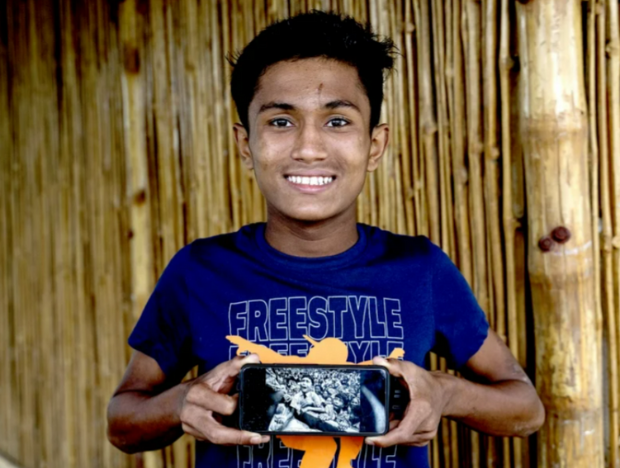VIDEO
Rohingya refugees are fleeing Myanmar at a staggering rate.
UNHCR is on the ground in Bangladesh aiding Rohingya refugees, but resources are stretched too thin. Your gift will offer hope for a safe future.
The UN Refugee Agency has been working with partners in support of the Bangladeshi government to ensure an adequate response to the growing humanitarian needs and the protection of Rohingya refugees. Some of UNHCR’s activities in the field include the registration of Rohingya refugees in Cox’s Bazar, the distribution of shelter and lifesaving relief items -such as blankets, plastic sheets, sleeping mats, kitchen sets and jerry cans - as well as as supporting the construction of water and sanitation facilities. Education, healthcare and activities to prevent sexual and gender-based violence (SGBV) have also been a key priority to UNHCR.
During the monsoon season, which falls from June to October each year, UNHCR supports activities to mitigate the effects of the torrential rains, which include helping refugees reinforce their shelters, relocating those who are in dangerous locations and conducting improvements to drainage systems and slope stabilization work.
Learn more about What We Do.
Portrait of Rohingya family sitting inside their shelter in Kutupalong refugee camp, Bangladesh
More Facts About the Rohingya Refugee Crisis
Rohingya Refugee Crisis Explained
In August 2017, violence broke out in Myanmar’s Rakhine State, forcing nearly one million Rohingya to flee their homes and seek refuge in Bangladesh. Today the number of arrivals continue to grow.
Learn MoreHow to support UNHCR’s most underfunded refugee emergencies
UNHCR is facing an unprecedented $700 million funding gap that threatens to cut essential services across its operations. Learn more about six of UNHCR’s 12 most underfunded emergencies.
Learn MoreMeet 3 refugees who are giving back through volunteer work
These refugees and resettled refugees aren’t just integrating into their new communities, they’re actively giving back to the people around them.
Learn MoreRohingya boy learns language of photography
Five years after a Pulitzer-Prize winning photo made him the face of the Rohingya refugee crisis, a young refugee has taken up a camera himself.
Learn More


